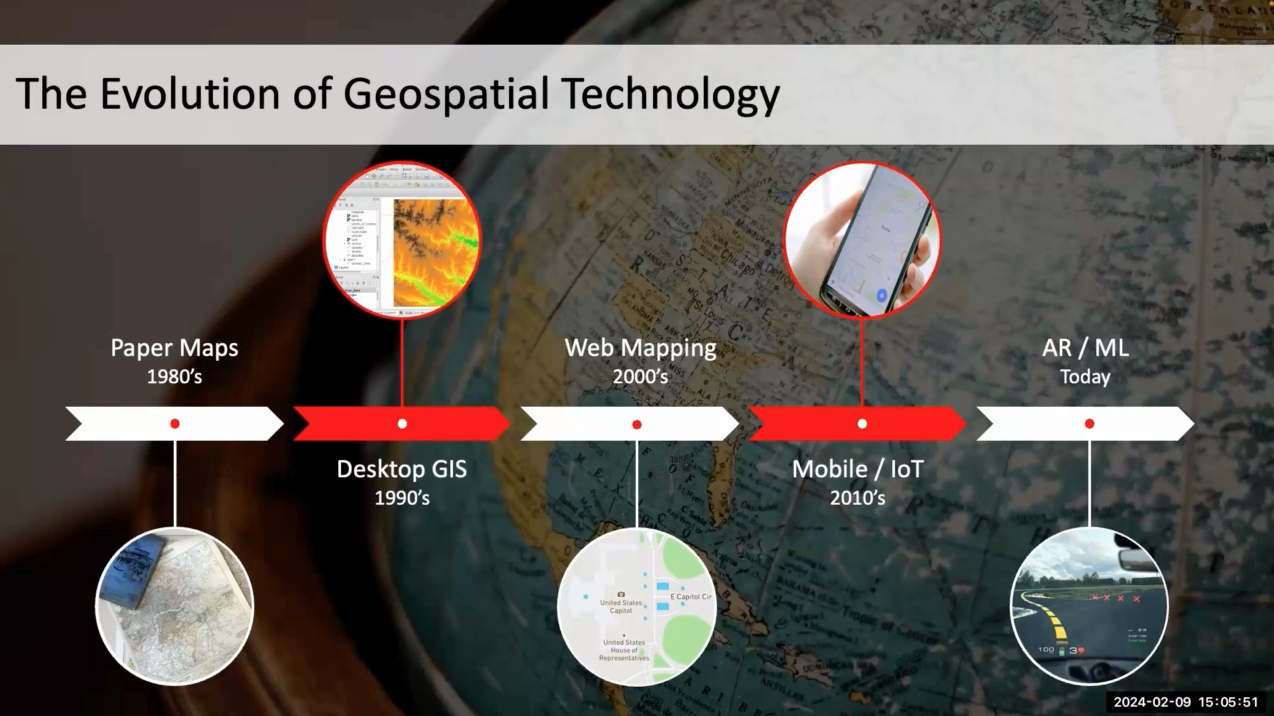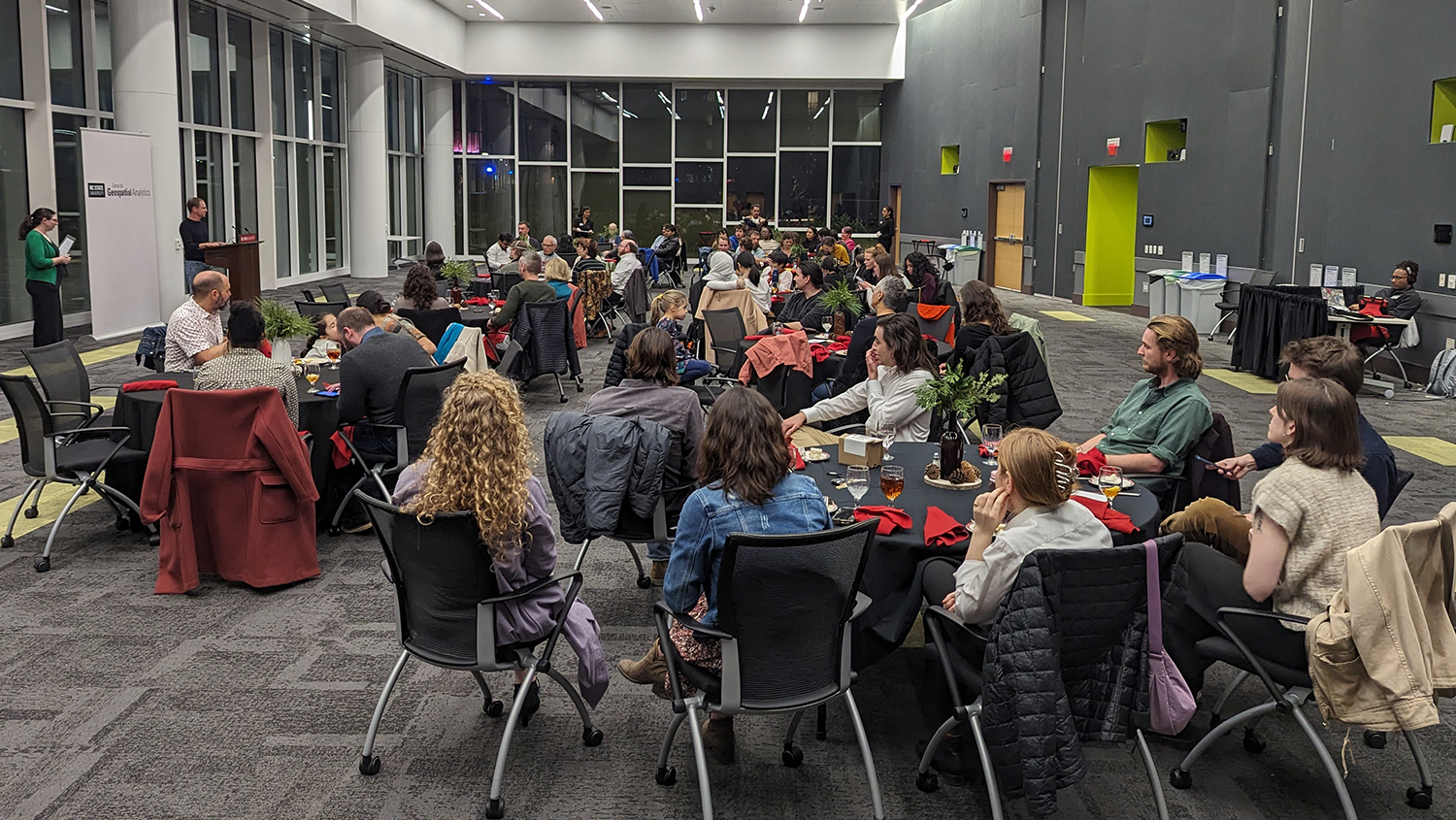Revealing the Research Possibilities of Virtual Reality

Imagine you are standing in a downtown city plaza, surrounded by tall buildings, steel sculptures, and storefronts. Perhaps it’s your lunch break, and you’ve come to the plaza to take a seat on one of its stone benches and eat your sandwich or salad. What could make the scene feel more relaxing? Perhaps a tree or shrub, or several? You blink, and they appear. Is this magic? No; it’s virtual reality.
At the Center for Geospatial Analytics, our researchers have created scenes exactly like this––depicting Fayetteville Plaza in downtown Raleigh with different arrangements of added virtual plants––to study human perceptions of environmental design. These so-called “immersive virtual environments” (IVEs) are powerful research tools, which could transform how public spaces are planned and arranged.
Payam Tabrizian is a Ph.D. student at the center, with a double major in Design and Forestry & Environmental Resources and a minor in Cognitive Science. His advisor, center faculty fellow Perver Baran, is an urban planner/designer and associate professor in the Department of Parks, Recreation and Tourism Management, with an affiliated faculty appointment in the College of Design’s Ph.D. program. Along with center research associate Makiko Shukunobe and collaborators, they have been conducting experiments with IVEs to better understand feelings of safety and calm in public places––specifically in relation to environmental variables and personal characteristics like gender.
For example, the team has used real photographs of real places, like Fayetteville Plaza or Fletcher Park, with or without elements (such as trees or new buildings) added using Photoshop. The images are presented to volunteers as 360º panoramas in a head-mounted virtual reality display. With each scene, the volunteers are asked a series of reflective questions as they experience the virtual environments. Preliminary results show that increasing the number of trees around a person in a city context can increase feelings of perceived restorativeness and “being away.” The research team has also been able to map feelings of perceived safety in relation to visibility in an urban park, finding that women expressed overall lower values of perceived safety than men.
Immersive virtual environments represent a major step forward in environmental perception research, as they heighten realism for expressing opinions and create highly repeatable experiences that can be compared among groups.
Payam, Perver, and Makiko will share the possibilities of IVEs, and describe recent projects and findings, at a public presentation and hands-on demo at the upcoming free Coffee & Viz event, 9:30 a.m. on April 7, in the Hunt Library’s Teaching and Visualization Lab.


